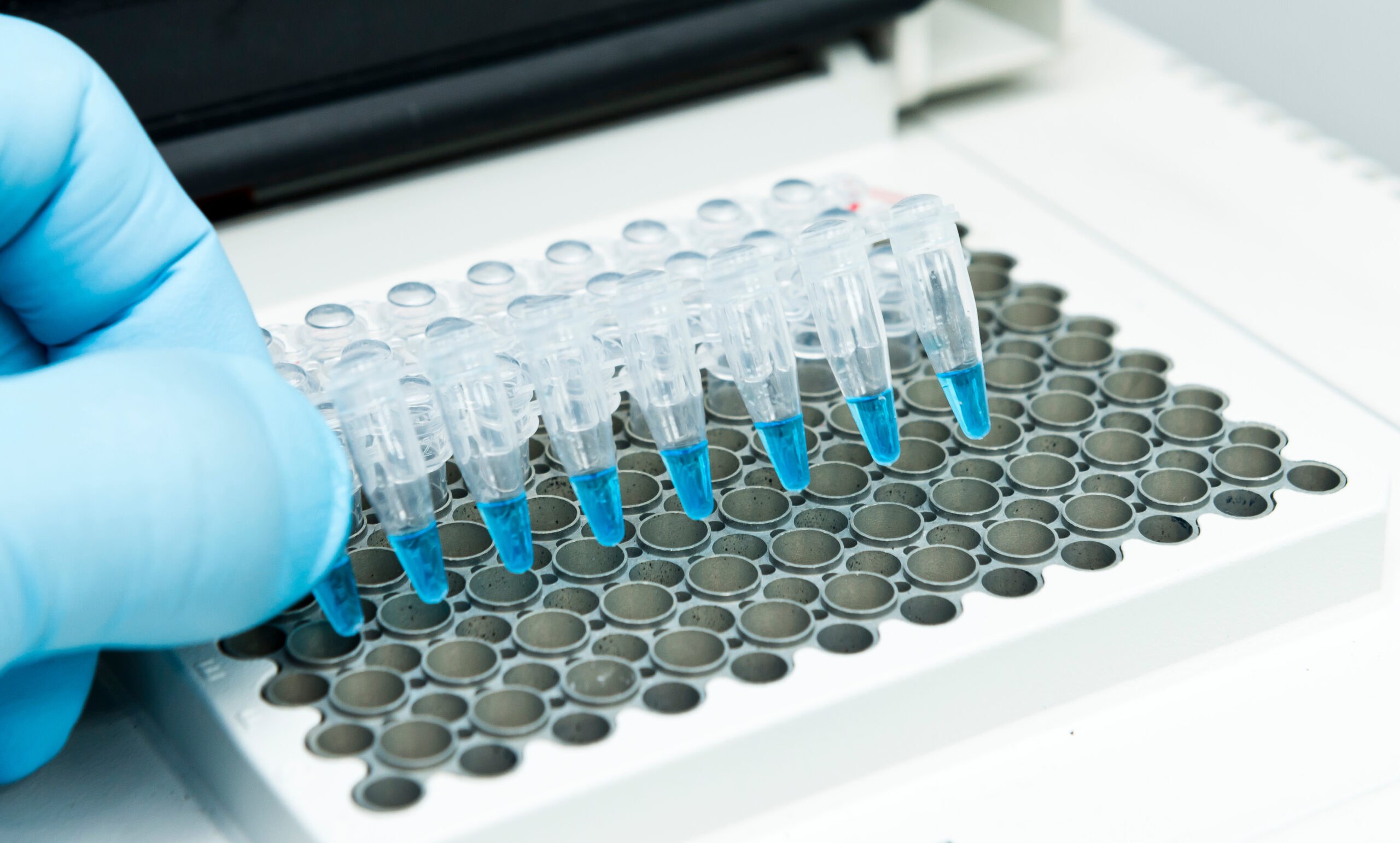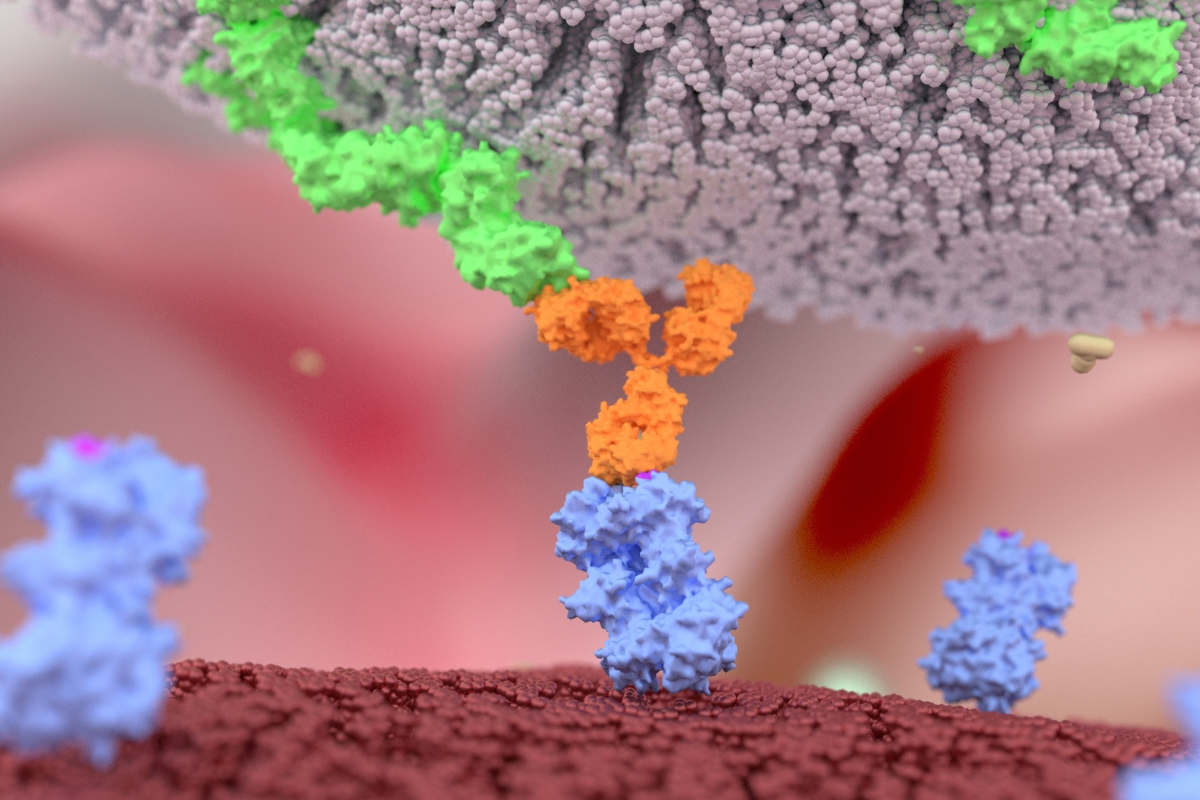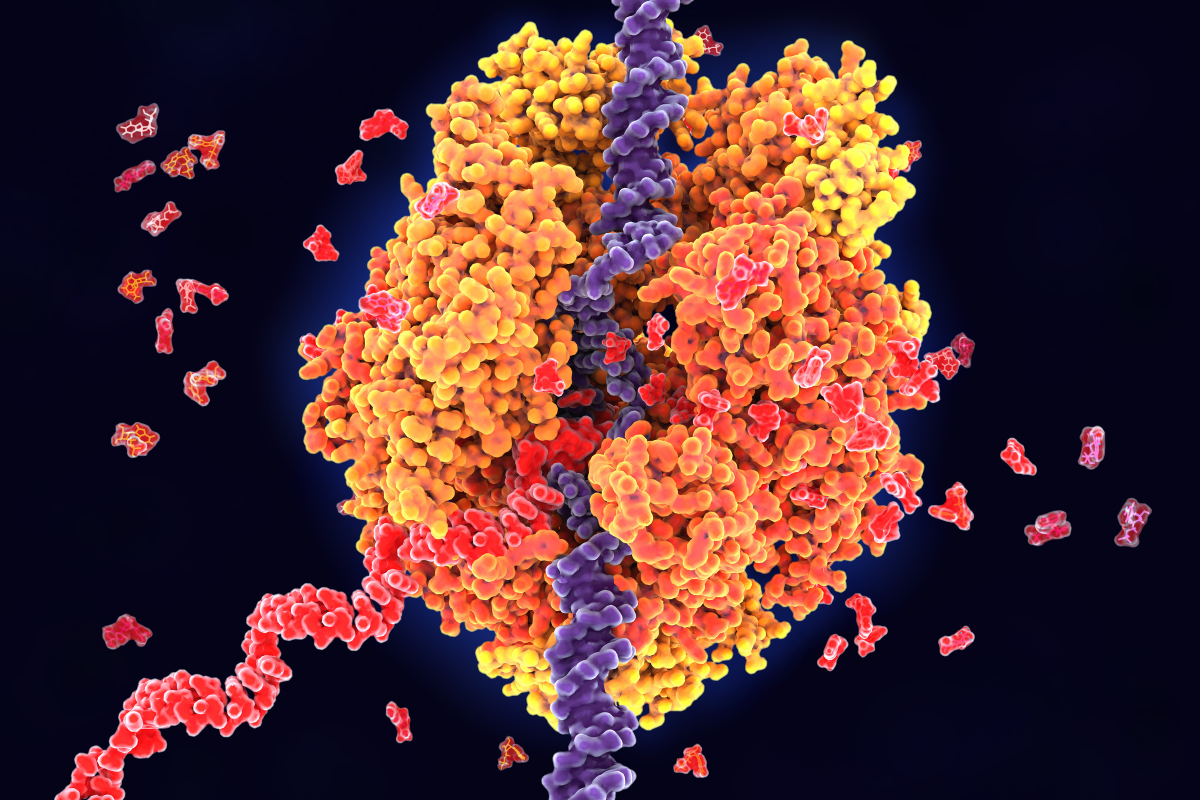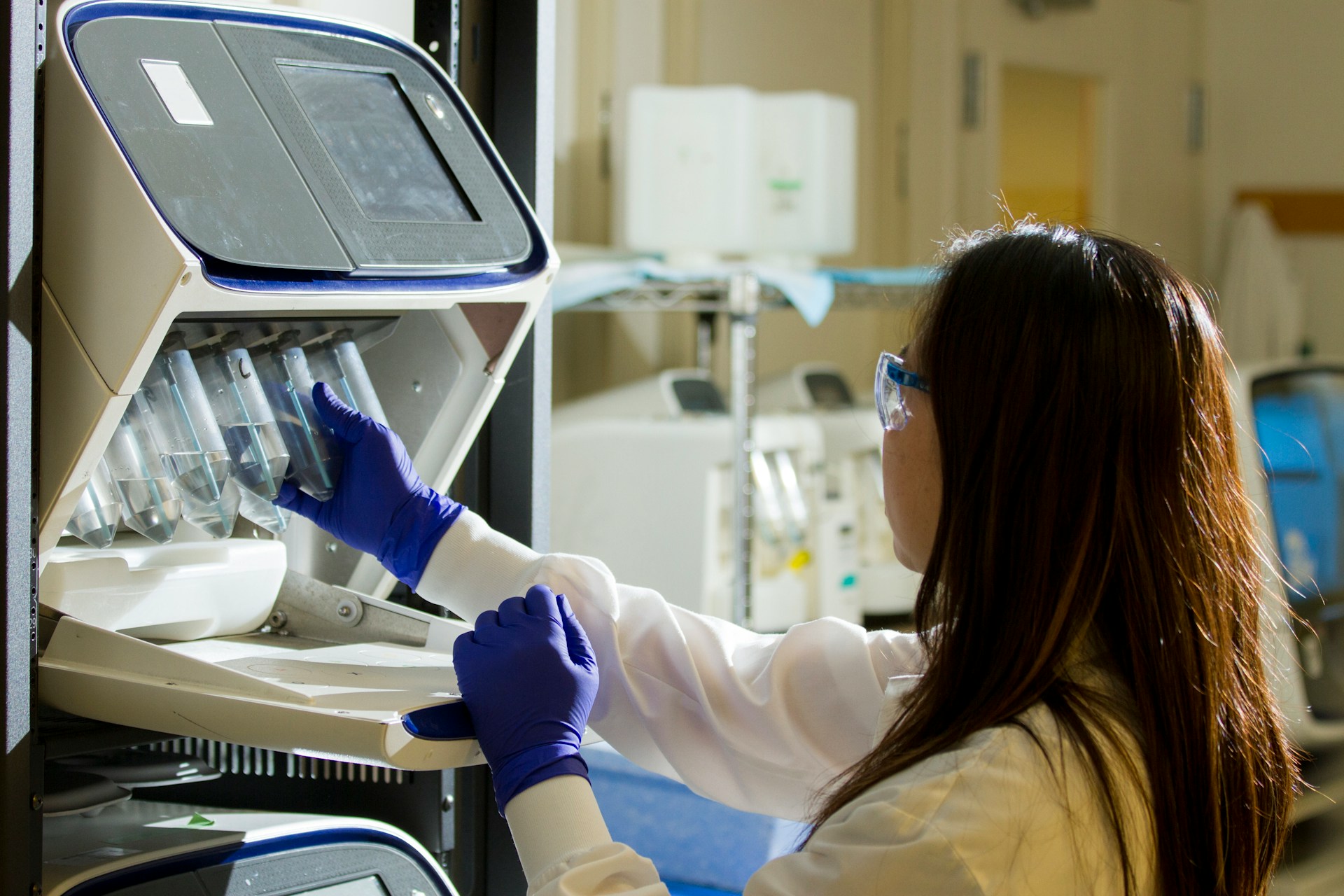Characterisation of Therapeutic Oligonucleotides in Early Drug Discovery

Presented by: Tomas Leek, Associate Director at AstraZeneca
Transcribed by: Tia Byer
The Physical and Analytical Chemistry Department at AstraZeneca, provide analytical expertise in the analysis and characterisation of synthetic therapeutic drugs such as oligonucleotides. As part of the Oligonucleotides: Chemistry & Therapeutics Symposium held in April 2021, this article will look at the analytical challenges (LC-MS) in chemically modified ASOs and siRNA and will demonstrate three solution workflows.
Examples of Approved Oligonucleotide Platforms: Antisense Oligonucleotides (ASO) and Small Interfering RNA (siRNA)
Antisense oligonucleotides are typically synthetic single-stranded nucleic strands made up of approximately 18 to 30 nucleotides. ASOs are used for targeted therapy that work by interfering with and suppressing the expression of specific disease-related genes. In turn, they help treat viral infections, cancer growth, and inflammatory diseases.
ASOs hold the capacity for diverse chemical modifications and from an analytical perspective possess an interesting design. For example, in the gapmer design ASOs, the central DNA filled gap is surrounded by chemically modified RNA based flanks. These modifications attempt to protect the internal block from nucleus degradation. Small Interfering RNA (siRNA) represent another promising oligonucleotide platform. The double-stranded siRNA consists of a passenger and guide antisense strand with approximately 20-27 nucleotide length. The analysis of siRNA will not be covered in this presentation.
Analytics Challenges of ASO Impurity Profiling and Chemical Degradation Products:
A vast number of chemical modifications have historically been explored by the academic and industrial therapeutic oligonucleotide community to improve their physicochemical properties and in-vivo PK/PD. Chemically modified ASOs and ASO-conjugates provide a number of challenges to the analytical chemist due to their heterogeneric nature.
- Discover the Latest Industry Insights in Oligonucleotide Therapeutics with our Market Report for 2021
- Join our Monthly Discussion Groups and Explore the Key Issues Facing Biologics Research and Development Today
- ?? Listen to an Exclusive Podcast Featuring Biogen to Discover the Challenges Facing Oligonucleotide Synthesis
Purity analysis and impurity profiling are important check points to support early drug development from an analytical point and to ensure high quality compounds for in vivo and in vitro assays. The list of commonly detected impurities include for example the synthesis by-products shortmers and longmers, with deleted or additional nucleotides, respectively, next to PS-PO conversions of the phosphorothioate backbone. Depurination of guanine or adenine bases can result from degradation but also from in-source fragmentation. In addition, deamination mainly of cytosine or methyl cytosine can occur, resulting in a mass shift of less than one Dalton. Another level of complexity and further analytical challenge is introduced in ASO-conjugates, due to their linker chemistry and additional targeting moiety attached to the oligonucleotides.
Analytic Workflows: Improving Chemical Characterisation of Naked ASOs and ASO-Conjugates
1.) High Throughput Workflow for Naked ASOs:
In order to support the oligonucleotide synthesis of the ASOs platform, AstraZeneca developed and implemented a high throughput plate analysis workflow for crude synthetic ASOs to confirm product identity and impurity profiling using high-resolution mass spectrometry.
The automated plate analysis workflow includes a short and optimised LC gradient for online desalting and results in co-elution of all ASO-related compounds, followed by UV-MS data acquisition. Deconvoluted MS data is then used to confirm the full-length ASO and to identify impurities from the spectrum fingerprint, facilitated by our newly developed data post-processing tool. This workflow allows a sample throughput of approximately 20 samples per hour.
2.) Ion Pair Separation for ASO-Conjugate Separations:
One strategy to assess the purity of ASOs and ASO-conjugates is to conduct deliberate separation of the sample’s content (ASO, targeting moiety and ASO-conjugate) by ion-pairing LC-MS. When tested, significant improvements in chromatography were found, and AstraZeneca could determine the relative content of the full-length ASOs by separating out impurities from the main peak. But by combining information from both UV and MS data purity assessment and impurity analysis of the sample was possible. The main benefit of the ion-pairing approach is that it can be utilised as both a starting point and a pre-screening for further purification.
3.) In-Depth Characterisation of ASO-Conjugates:
An in-depth characterisation workflow with detailed purity and impurity assessment is applied typically for conjugated ASOs prior to in vivo testing. For this analysis, the lab performed method optimisation for each individual conjugate based on the specific physicochemical properties and quantitative information is obtained from integrated extracted ion chromatograms. With this information in hand, an extensive list of identified impurities can be used for the risk mitigation of the batch. However, this in-depth characterisation requires a greater level of manual and time-consuming assignment and interpretation of the data.
AstraZeneca found that a diverse toolbox is required to best support the ASO and ASO-conjugate platform. For instance, in the early stage, a high-throughput MS without chromatographic separation of naked ASOs is feasible. On the other side, later-stage development relies on in-depth characterisation and impurity profiling of ASOs and ASO-conjugates using ion-pairing chromatography. AstraZeneca concluded that the analysis of ASO-conjugates remains a challenge. Further method development and optimisation are required, particularly regarding automated data analysis tools, differing impurity responses, and the inability to separate all impurities.
Want to find out more about the latest market news and industry insights? Join our Oligonucleotide Chemistry & Therapeutics Symposium and discover the latest in oligonucleotides chemistry, process and analytical development, therapeutics, and antisense therapy.






